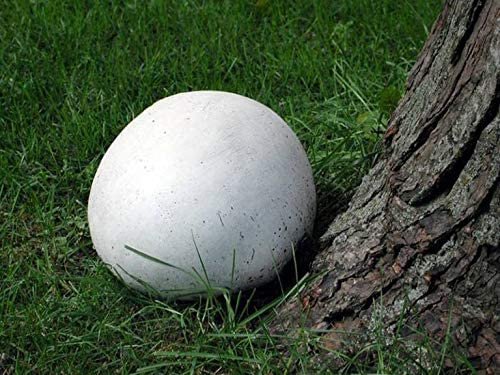These edible wild fungi are distinguished by having no open cap with spore-bearing gills. Instead, spores are produced internally, forming a mass called a gleba in the center that remains enclosed until the puffballs dries and splits, and the spores escape. The appearance of these clouds of brown dust-like spores that are emitted give the fungi its name.
True puffballs do not have a visible stalk (stem). False puffballs have a stalk and are inedible.
The giant puffball (Calvatia gigantea) is commonly found in temperate meadows, fields, and deciduous forests during late summer and autumn throughout the world.
The Western Giant Puffball (Calvation booniana) shows up in open pastures, grassy areas, and near old corrals in arid habitats of western North America. "It has been found nowhere else in the world," note Dr. Orson Miller Jr and Hope Miller in North American Mushrooms. "It has been collected and eaten since pioneer days. We find it of equal flavor to C. gigantea."

